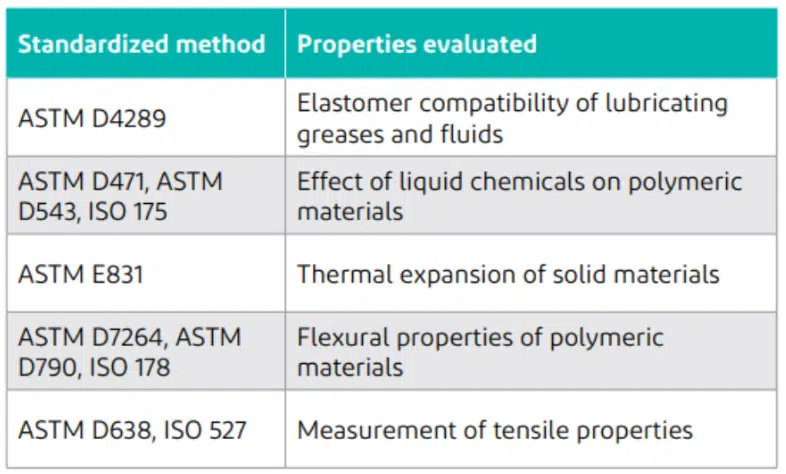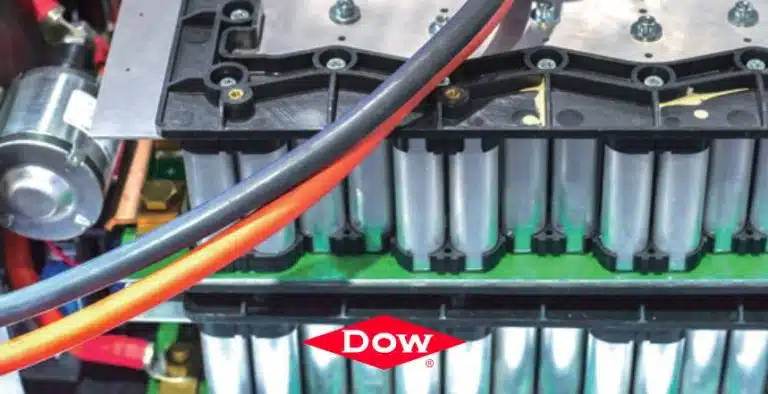Elastomer-based machinery parts offer a cost-effective alternative to metal components, with proper lubrication playing a crucial role in extending their operational lifespan and efficiency.
However, not all conventional lubrication formulas are compatible with elastomers, and using incompatible lubricants can lead to weakening or degradation of the parts. Thus, conducting tests becomes essential to identify the suitable lubricant for a specific application. While compatibility charts provide a starting point, they often lack comprehensive data.
In this context, “compatibility” refers to the minimal impact of grease or other lubricants on the physical properties of the polymer or elastomer in terms of size, hardness, or brittleness. The acceptability of changes in both the polymer and grease depends on the targeted application. The testing method outlined in this paper facilitates selection by evaluating swelling and observing color or texture alterations.
Compatibility testing: test methods
Various test methods exist for assessing the compatibility of elastomers and polymers under different conditions, as summarized in Table 1.

Table 1.
ASTM D4289 explains a method for comparing the effects of lubricants on elastomers using sheet materials to evaluate swell and durometer. Here, a simplified example of a test for elastomer compatibility using O-rings and omitting durometer is described. O-rings were selected for consistency in surface finish; durometer was omitted, as previous experiments showed a direct correlation between swell and durometer change (swell/softening vs. shrinkage/hardening).
Conclusion
Elastomer-based machinery parts offer a cost-effective alternative to metal components, and proper lubrication is vital for maximizing their operational efficiency and lifespan. Nonetheless, using incompatible lubricants can compromise the integrity of these components.
Thus, thorough testing is imperative to identify the most suitable lubricant for each application. Employing the testing method described herein can streamline the selection process and enable users to differentiate between viable and non-viable lubricant options based on swelling calculations and observations of color or texture changes.






